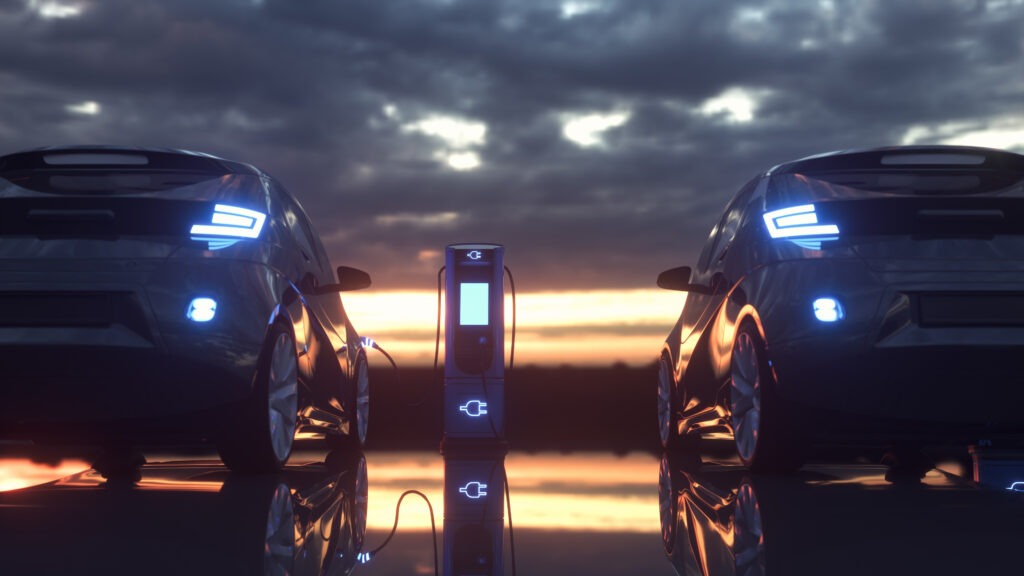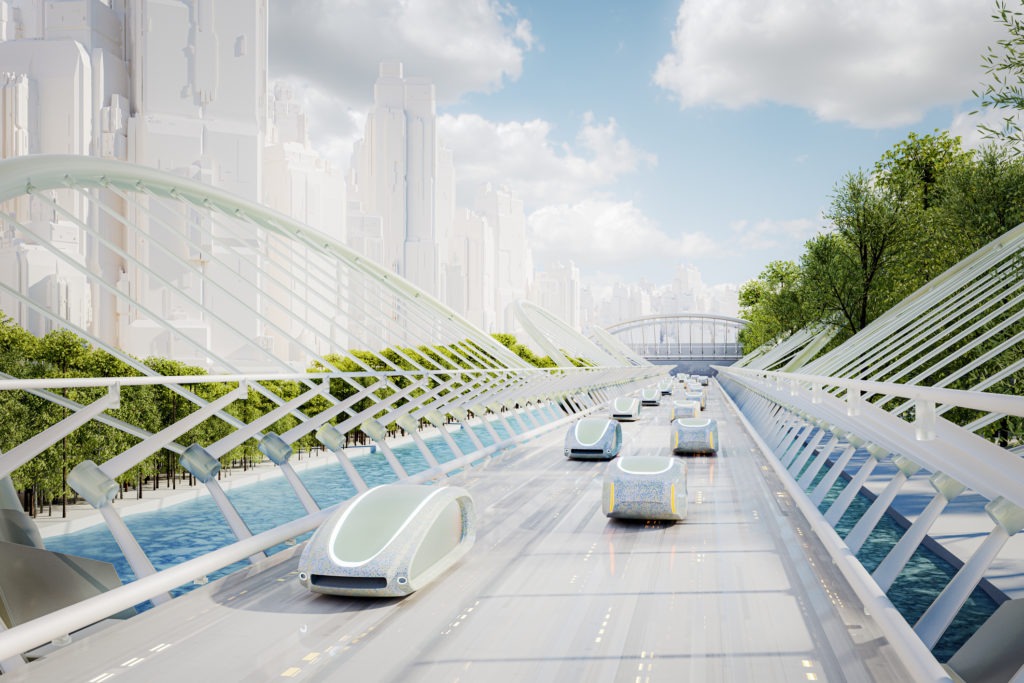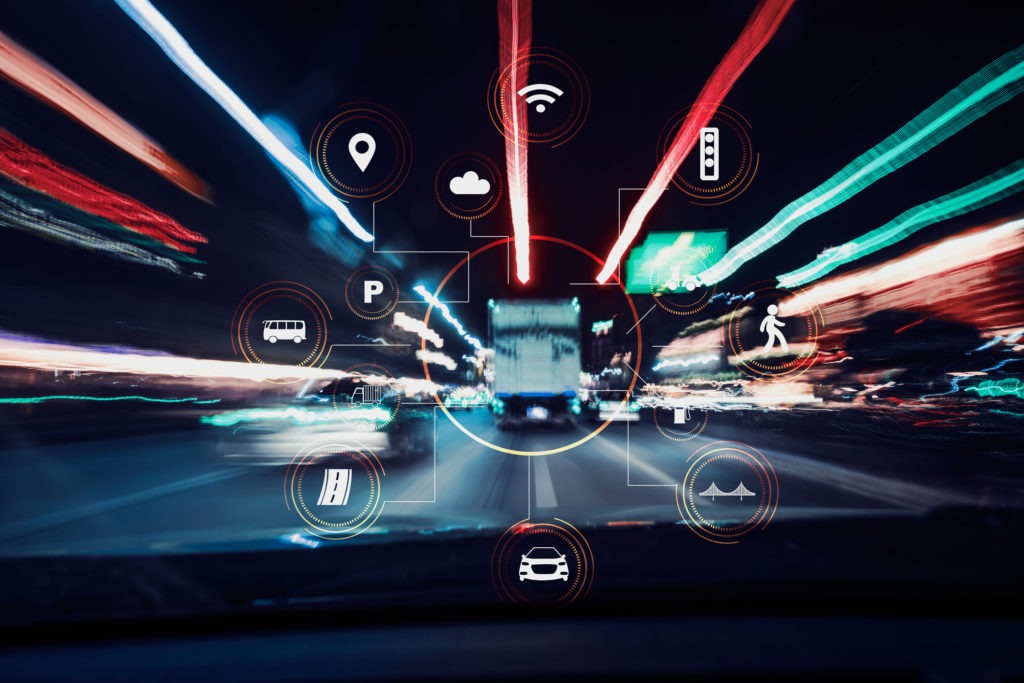What automotive design trends will shape the car of the future?
14 December 2022

Design dictates how vehicles look, operate and perform. Sam Livingstone, director of Car Design Research, and Autovista24 deputy editor Tom Geggus discuss the trends shaping the car of the future.
Subscribe to the Autovista24 podcast and listen to previous episodes on Apple, Spotify, Google Podcasts and Amazon Music.
Show notes
How important are concept cars in today’s automotive industry?
How are touchscreens changing interior car design?
How can carmakers attract investment?
How design plays a part in residual values
Synopsis
Design plays a fundamental role within the automotive world. However, Livingstone argues that its influence goes beyond the mere superficial appearance of a car. Instead, it represents the identity of a vehicle and what it has to offer. This makes understanding design trends and how they evolve a significant industry skill.
‘It is not the case that you can walk around with a particularly powerful torch and shine a light on something and realise how the future will be,’ Livingstone explained. ‘It is also not the case our clients expect to know the trends and therefore just conform to them in order to hit the bullseye in the immediate future.’
For Car Design Research, extrapolating both emerging trends and deeper influential currents enables the consultancy to reveal upcoming opportunities and threats within the automotive industry. Livingstone highlights three notable developments, including the dawn of the ‘crossback’, growing graphical design and advances in user interfaces.
Europe’s carmakers have been dealing with a plethora of sector shifts including electrification, sustainability, and the entrance of brands from Asia. The latter bring with them a raft of potential advances, particularly within the realm of connected technology.
Livingstone highlighted the advance of voice-recognition systems as a particular example. He explained this technology can unlock an entirely different relationship between humans and vehicles. It has the potential to impact many different aspects of user interaction, which do not even need to be voice-based.
But just because certain technologies exist does not guarantee consumer uptake. ‘If we think of a parallel form of transportation, which might be an aeroplane or a train, we do not observe all passengers wishing to engage in the most heightened digital relationship, either with the things within that vehicle or with people or other things outside of that vehicle,’ Livingstone said.
Meanwhile, sustainability for a car looks to be more about engineering than design. While designers can influence the use of recycled materials, for example, they could also act as sustainability canaries for the automotive industry. This would mean drawing attention to less-than-sustainable practices, while also highlighting creative solutions that could be more central to a car’s conception.
However, sustainability will not be a ‘normal’ influencer of design trends. Livingstone explained that there will be no waxing and waning as popularity increases, plateaus and then decreases. ‘What is happening to the environment is not about to reverse in a short or even medium period of time. As a consequence, I think people’s awareness of sustainability issues and how that might impact on their purchasing is only really going to increase.’ But understanding the potential speed and reach of this phenomenon is no simple matter.



